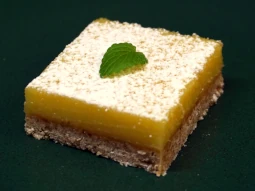My hydroponic chili farming 2023.
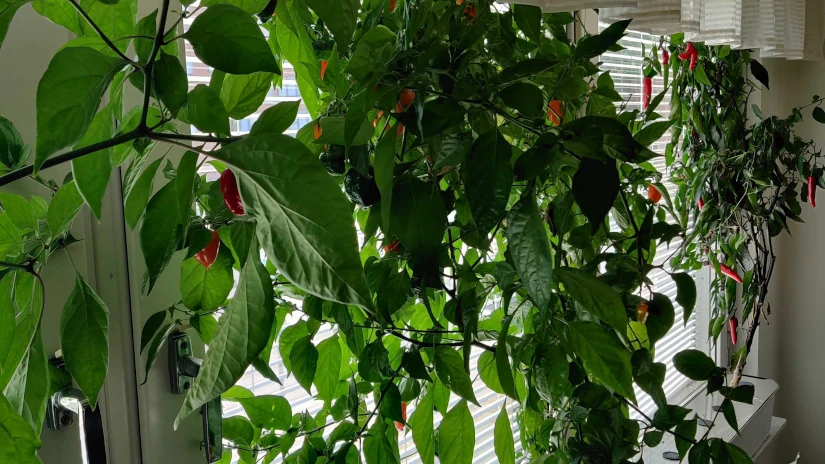
So, at the end of 2023, is perfect to sum up the chili farming for this year. I chose to keep some of the boxes from last year, but mainly I built a new small system with 3 interconnected boxes and a pump (submerged in a ~25 liter bucket) that circulated the water a few times each day.
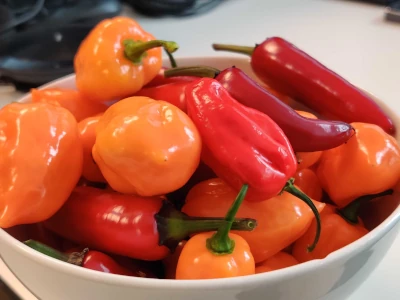 Chili is offered at work
Chili is offered at work
It is not an advanced system, but the combination of fairly large boxes for the plants and the pump system allowed me to feel quite calm that the plants had water at all times, while a failure of the pump was not critical but that it could be replaced and not have to feel any stress.
I was even able to go away for a week on vacation with the pump deliberately turned off (I was worried about possible leaks when I wasn't home) and there was enough water left in the individual containers.
In the middle of summer, however, the whole crop was very thirsty and I estimate that I had to add at least 10 liters every week. So the maintenance of the whole system was very simple - add water and nutrients (as well as adjust the pH if necessary) once a week at most and then I chose to just let everything grow freely. Even before midsummer, the plants had indeed grown all the way up to the roof, so I did some simpler trimming, but no more than 2-3 times in total.
A completely green window
As you can see in the picture, it grew almost ridiculously well. It was at a level that I had not experienced before and once the fruits appeared, I didn't directly miss chili for cooking, but was overwhelmed by the cultivation.
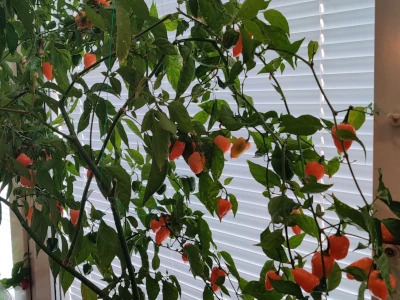 It is growing well
It is growing well
However, it was a bit of fun to hear how the neighbors had seen and appreciated how much it grew in my window. Through that, I met an older couple who also grow chillies every year and now we have exchanged some seeds and will keep each other updated on how our respective crops are doing in 2024. It will be really fun to see how it will go.< /p>
I had a bit of a problem with a plant (hot lemon) that never really got going. I don't think it was in competition with the other plants but just a seed that wasn't the strongest. I also had some problems with small insects on another plant at the beginning of the cultivation, but after a rather aggressive treatment, it started to grow really well. When the plants grew and became about half a meter high, it was time to fasten them with wire to the ceiling so that they would not fall down into the room and drag the tubs of water with them at the same time. It worked great with a metal wire from the roof and they stayed in place for the rest of the cultivation. However, there were some marks on the plants after they grew and my metal wires were a little too tightly wound around the branch where I attached them.
Chili varieties
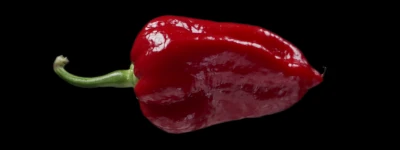 Naga Jolokia
Naga Jolokia
Naga Jolokia (Ghost pepper) was the variety that took the longest to get going. It was probably more than a month behind the other plants before they flowered. The fruits were also quite slow to ripen to the point where I could pick them. So this plant was initially a little disappointing, but after some time it too started to generate a lot of fruit. In total I got an estimated 50-60 fruits from this and considering how strong it is (1M SHU) it was more than enough for many fun dishes and experiments. I gave many away because it is not easy to find these out in the shops and many people want to try one or two just because it is so much stronger than what you are used to.
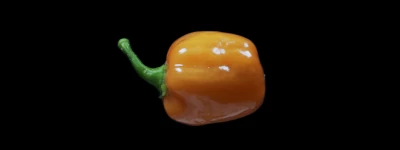 Orange Habanero
Orange Habanero
Orange habanero, unlike the Naga Jolokia, was very easy to get going. It did not take long after the seeds were sown that the plant appeared and began to grow. It also started flowering very early but unfortunately I couldn't get much fruit from this plant initially, but a month or so later it exploded into fruit. This is a significantly weaker chili than the Naga Jolokia, but I suspect these were near the upper limit (350k SHU) as they were quite hot. You shouldn't underestimate how spicy home-grown chilies can be, I guess. I estimate that I got about 300 fruits from this plant, which was far more than expected. There was so much that in the end I didn't know what to do with them so I ended up with a lot of dried habanero powder which will probably last for a while to come.
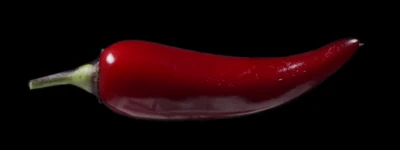 Vampire
Vampire
Finally we have Vampire which ends up somewhere between the others above. The plant had very pretty purple flowers, but the bugs that caused a mess initially (and my aggressive treatment) meant that it took a little while for that plant to recover. Once it got going, however, it was full speed ahead. This is a reasonably weak chili and thus it is suitable for more normal cooking as well. I could definitely recommend this chili as an "everyday chili" which at the same time has a deeper red/purple color compared to the red chili you find in the grocery store. It may not have the shock factor in spicyness like the others above, but it's definitely a plant that I picked lots of fruit right off the plant and used in my normal cooking right away.
Summary
In one word - success.
Lots of chillies over a number of months which filled my stocks. I was also able to give some away and it was fun to hear how people had used the really strong chili varieties.
Although I could certainly have kept the plants in their boxes over the winter, I decided to cut them down and replant them in pots with soil instead. I want to try 3 new chili varieties next year.
What went well
The new pump system made it easier to water consistently and the ability to go away without having to have the pump running felt nice so I didn't have to worry about possible leaks and the like.
It was also easier to measure the amount of nutrition because I filled up 5 or 10 liters each time.
The plants thrived really well in my south-facing window and I never felt like I needed any extra lighting. It was also really nice to have a green wall in that whole window.
What could be better
I wasn't quite sure how much water I had in the system so it was a bit difficult to adjust the pH initially.
I should prune significantly more instead of just letting the plants grow freely.
I thought 2 plants in each box would work well, but as the plants grew it became clear that one plant in each box would have been a better option.

